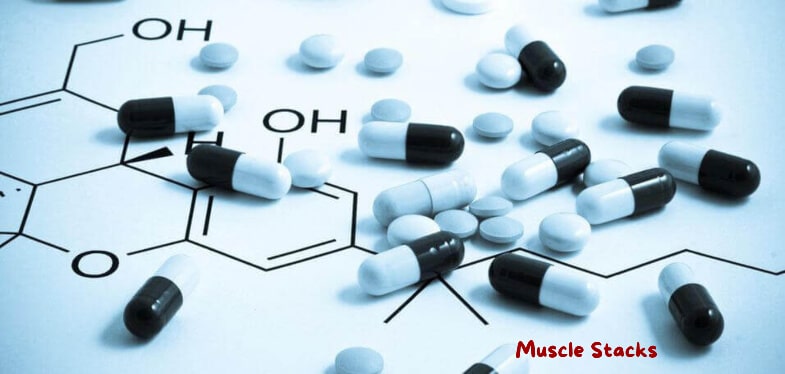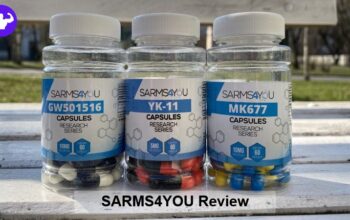Not too long ago, I was sitting, conversing with a friend about anabolic steroids and he mentioned to me a term that I’d never come across before. “SARMs” is the word he used and at the time, I had no idea what he was even saying. He briefly explained to me what it was: selective androgen receptor modulator (aka SARM).
SARMs: Selective Androgen Receptor Modulator
The name is highly descriptive of its role in the body, and it works similarly to anabolic steroids. However, it is not testosterone, nor is it a testosterone derivative. SARMs is a drug that talks to the androgen receptors in the muscle cells to tell them to grow without all the side effects seen in anabolic steroid use.
Androgen Receptors
First, let’s define “androgen receptor.” Receptors are all over the body: they talk to various physiologic components of the inner workings of the body to tell cells to do things. Androgens are a classification of male hormones that are responsible for the growth and development of various gender-specific characteristics and the male reproductive system. Androgen receptors are those that interact with testosterone and testosterone derivatives. The content of androgen receptors depends on muscle fiber type (fast- or slow-twitch), contractile activity, and the amount of testosterone present; however, resistance training has been shown to upregulate androgen receptor protein content, providing for enhanced muscle hypertrophy. SARMs works in conjunction with- and similarly to the effect of resistance exercise on the androgen receptors.
Anabolic steroids increase the concentration of testosterone and other androgens, which then tells the muscles to grow larger and at a quicker pace. While this side effect sounds appealing to athletes of all kinds, anabolic steroid use comes with various adverse side effects, some reversible (i.e. testicular atrophy, acne, and hypertension) while others remain permanent (i.e. liver disease and gynecomastia). Since the hypertrophic muscle effect of steroid use is the main attraction for their use, scientists are working on coming up with a substance to elicit the same effect, without the negative repercussions. Thus, SARMs was born.
SARMs is a non-steroidal drug that interacts with androgen receptors to tell the muscles to become larger, without affecting the endocrine system and eliminating the chances of organ disease and failure. What does this mean? Your muscles will grow more rapidly without the extra estrogen production, women won’t experience the irreversible changes in facial growth and voice deepening, men will not fall prey to testicular atrophy, and the liver will avoid damage…just to name a few.
Things to Consider:
SARMs are regarded as a “gateway drug” that eventually leads to anabolic steroid use. While the side effects are much less severe, and SARMs is easier to recover from than steroids, athletes are still choosing to use steroids over SARMs. Both substances bind to androgen receptors in one way or another. However, the greater concentration of testosterone (seen in steroid use) provides for even more significant muscle growth. In both cases, you’re introducing an artificial, foreign substance into the body, which always poses some risk, no matter how large or small. However, if you’re considering steroid use, make sure you educate yourself on the risks and benefits and decide if something milder, like SARMs, may be more beneficial.




